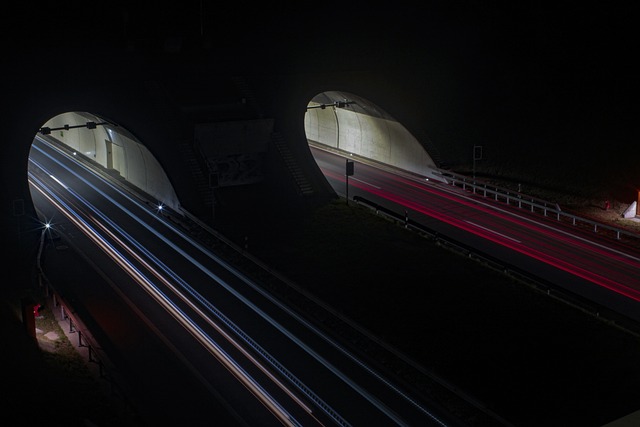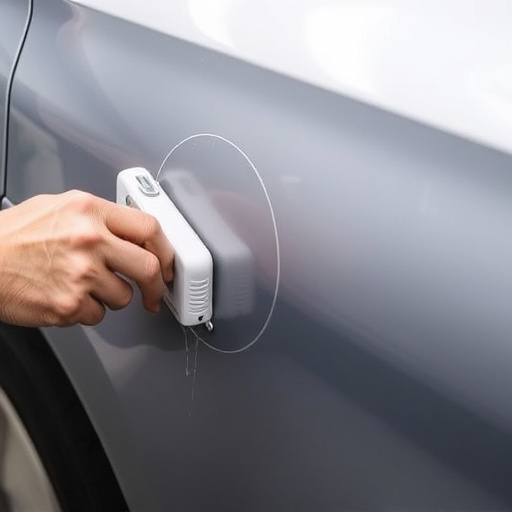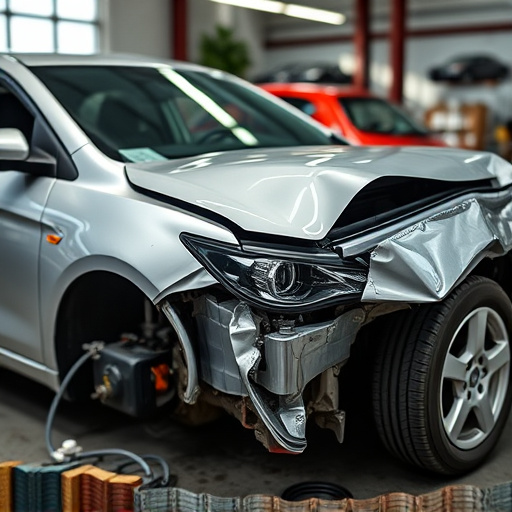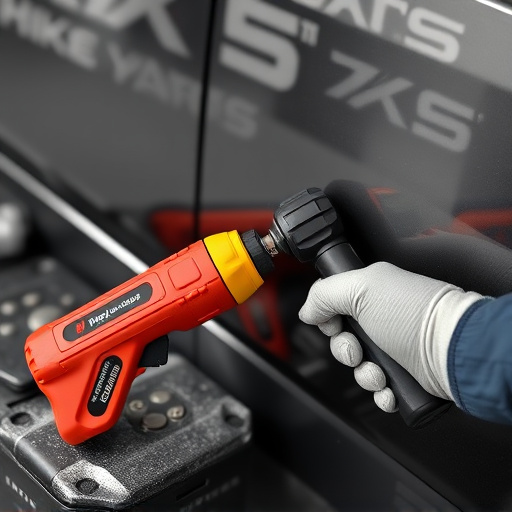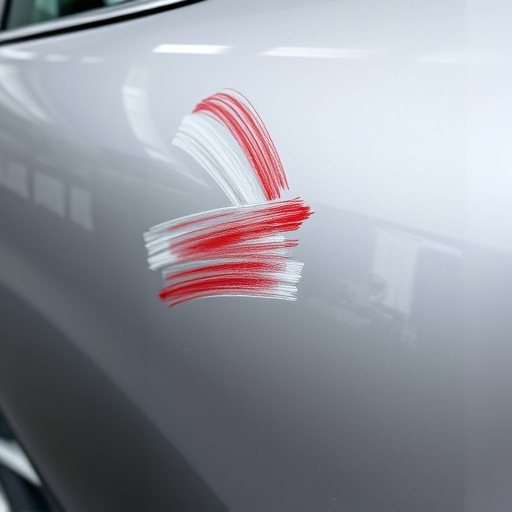Mercedes lane assist recalibration is a crucial service that maintains the precision of Advanced Driver Assistance Systems (ADAS) by realigning sensors and updating algorithms. Regular recalibration prevents safety risks, reduces auto repair needs, and lowers maintenance costs, ensuring optimal driving performance and reliable collision repairs for Mercedes vehicles with ADAS features.
Mercedes Lane Assist Recalibration: Ensuring Consistent Autonomous Driving Performance. Advanced Driver Assistance Systems (ADAS) rely on precise sensor calibration for optimal safety and efficiency. This article delves into the importance of Mercedes lane assist recalibration, a crucial process that maintains the integrity of these systems. We explore the benefits of regular recalibration, offering a step-by-step guide to ensure your Mercedes’ ADAS functions consistently and reliably in various driving conditions.
- Understanding Mercedes Lane Assist Recalibration
- Benefits of Regular Recalibration for ADAS
- The Process: Step-by-Step Guide to Recalibration
Understanding Mercedes Lane Assist Recalibration
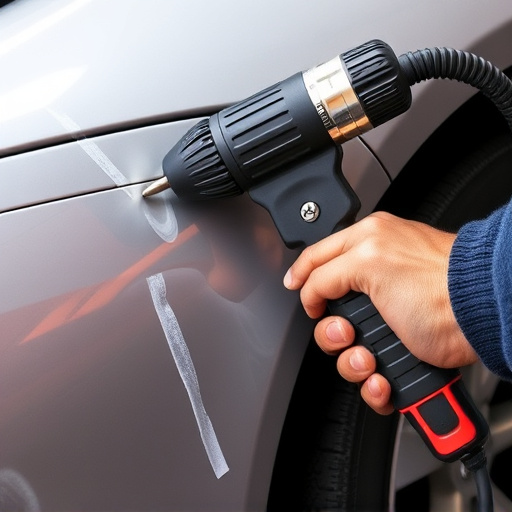
Mercedes Lane Assist is a sophisticated Advanced Driver Assistance System (ADAS) designed to keep your vehicle centred in its lane and prevent collisions. However, over time, factors like road surface irregularities, tyre wear, or software updates can cause this system to drift slightly off course. This is where Mercedes Lane Assist Recalibration comes into play.
Recalibration involves realigning the system’s sensors and adjusting its algorithms to ensure precise lane detection and correction. It’s a crucial service for maintaining the safety and effectiveness of your car’s ADAS features, preventing potential issues that could arise from even minor misalignments. Regular recalibration, recommended by Mercedes-Benz experts, ensures optimal performance of your vehicle collision repair systems, contributing to both safer driving and top-notch autobody repairs and car paint services when necessary.
Benefits of Regular Recalibration for ADAS

Regular Mercedes lane assist recalibration offers numerous benefits for Advanced Driver Assistance Systems (ADAS). It ensures optimal performance and reliability by accounting for any drift in sensor calibration over time. This is crucial as ADAS relies on precise data from sensors like cameras, radar, and lidar to detect and respond to surroundings accurately. Without proper recalibration, the systems might fail to maintain consistent results, leading to potential safety risks.
Moreover, regular recalibration helps prevent auto repair shop visits due to issues arising from sensor malalignment or faulty calibration. By keeping the Mercedes lane assist system in top condition, owners can avoid costly car damage repair and reduce the need for extensive automotive collision repair work. It’s an essential maintenance practice that contributes to enhanced driving safety and reduced long-term vehicle expenses.
The Process: Step-by-Step Guide to Recalibration
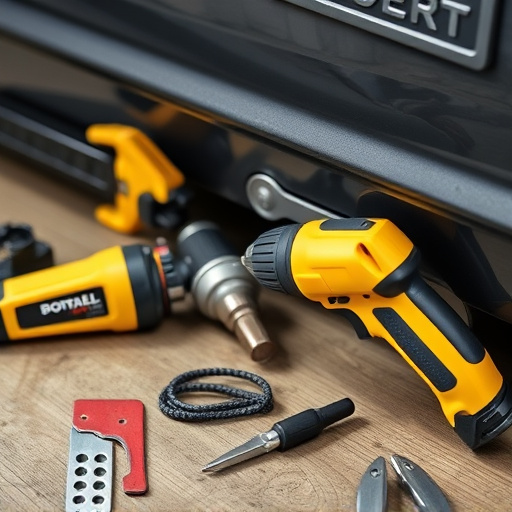
Mercedes lane assist recalibration is a meticulous process designed to ensure Advanced Driver Assistance Systems (ADAS) function at peak performance. It involves several key steps, beginning with diagnostic scanning to identify any existing issues or discrepancies in the system. Once identified, technicians will perform a thorough inspection of the vehicle’s sensors and cameras, making sure each component is functioning optimally and accurately. This step-by-step approach includes calibrating steering angle sensors, adjusting camera positioning, and verifying signal strengths between various components.
The process continues with software updates to the lane assist module, ensuring it runs the latest algorithms for accurate detection and predictive capabilities. Following this, a series of on-road tests are conducted in varying conditions to validate the system’s effectiveness. These tests not only assess the lane keeping assistance but also consider factors like auto glass replacement or vehicle body shop repairs that might have impacted the system during accidents or previous maintenance. Only after successful validation is the recalibration considered complete, guaranteeing consistent and reliable performance for Mercedes vehicles equipped with these advanced safety features.
Mercedes lane assist recalibration is a vital process that ensures your Advanced Driver Assistance Systems (ADAS) remain accurate and reliable. By regularly calibrating these systems, you can maintain consistent performance, enhance safety features, and extend the lifespan of your vehicle’s technology. Following the step-by-step guide provided, drivers can efficiently navigate this process, ensuring their Mercedes-Benz stays at the forefront of autonomous driving assistance.




